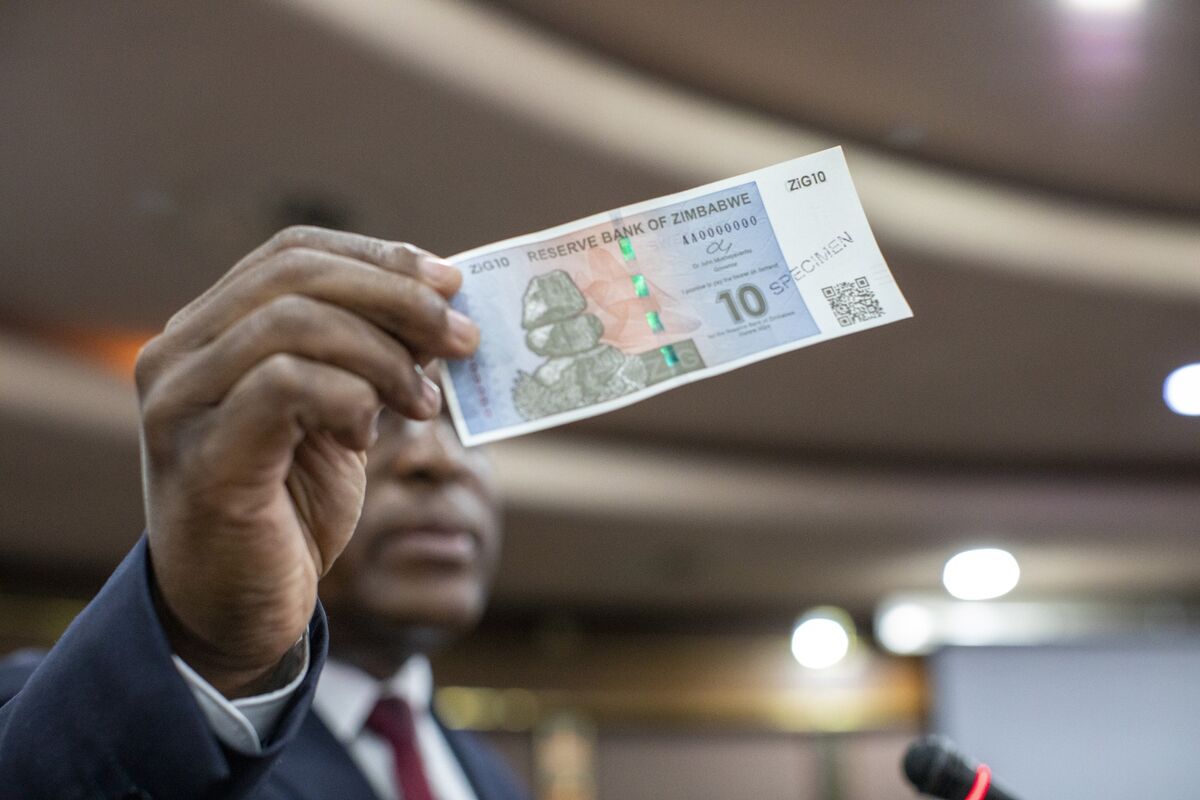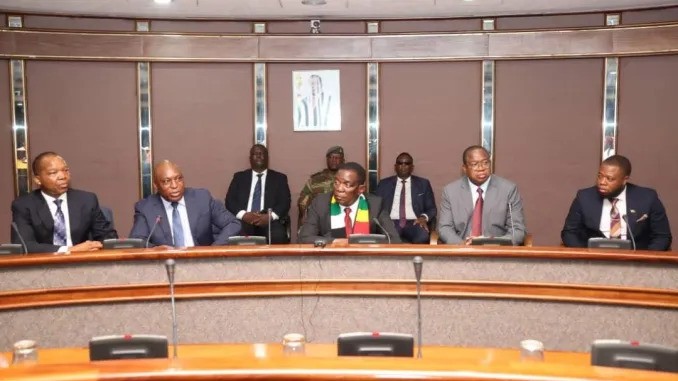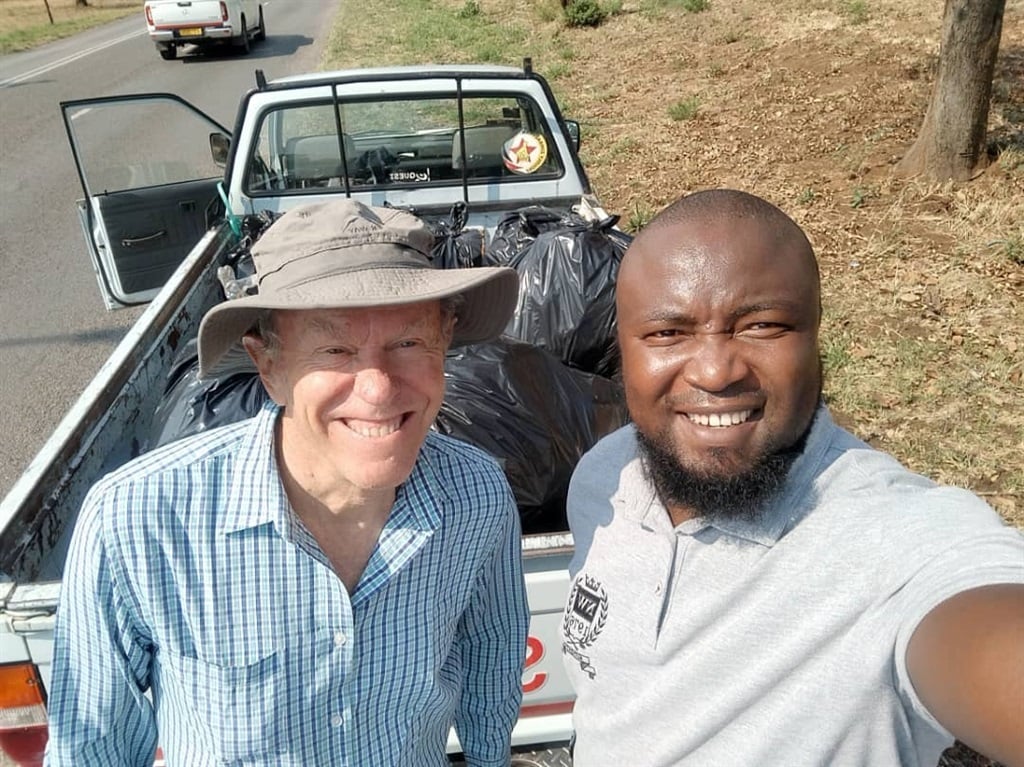ZIMBABWE has mortgaged its gold reserves and production to guarantee a syndicated long-term loan arranged by the African Export and Import Bank (Afreximbank) and American financial institution Lazard Ltd to clear its US$1,161 billion arrears to the World Bank.
Currently saddled with a debt overhang of US$10,8 billion accrued from both public and private sector borrowing, Zimbabwe’s failing economy has plunged deeper into recession since 2013.
Documents seen by the Zimbabwe Independent show that government has assured international financial institutions (IFIs) — the International Monetary Fund (IMF), World Bank and the African Development Bank (AfDB) — that it will repay the arrears from “syndicated gold-backed loans” to secure US$2 billion in fresh funding.
Already, government has paid the IMF US$110 million using its special drawing rights (SDR) holdings. For the AfDB US$600 million arrears, government will repay its obligations through a refinancing scheme in which Afreximbank will provide about US$300 million while international banking and financial services group Standard Chartered Bank (Stanchart) Plc will pay the balance.
Afreximbank, Stanchart said in a statement, had asked it to look for a potential financing arrangement.
“The African Development Bank and African Export-Import Bank asked us to look at a potential financing arrangement,” Stanchart said.
As for the World Bank, government is going to get half of the funds to repay the arrears from Afreximbank while the balance will come from three financial institutions arranged by Lazard.
The New York Stock Exchange-listed company has reportedly arranged for finance to clear half of the World Bank arrears from East Asian, Russian and Middle East financial institutions. International banking sources say some big Western financiers refused to bail out Zimbabwe because of the country’s low credit rating and high political risk.
Syndicated loans arise when a project requires too large a loan for a single lender or when a project needs a specialised lender with expertise in a specific asset class. Syndicating the loan on a project allows lenders to spread risk and take part in financial opportunities that may be too large for their individual capital base.
It was easy for Zimbabwe to pay its IMF arrears in October using its SDR holdings. The southern African country has found it relatively easier to pay the AfDB using the bridge finance. The headache for government was to pay the US$1,2 billion arrears to the World Bank.
As it stands the due dates to settle these obligations are on December 31.
Sources said government will then resale the gold at international prices and use the proceeds to pay creditors. Currently, gold is bought through Fidelity Printers and Refiners which then sells the bullion to the Rand Refinery in South Africa.
Zimbabwe’s gold deliveries to Fidelity rose to 17,3 tonnes in the 10 months to October compared to 14,8 tonnes during the corresponding period last year, buoyed by small-scale producers. Bullion is one of the top foreign currency earners in Zimbabwe with official statistics showing production reached an all-time peak of 27 tonnes in 1999.
“They will buy gold from local producers through Fidelity Printers and Refiners using a contribution of hard currency and bond notes at fixed prices,” one gold producer and trader said.
“Payment of local producers could now take a longer time as government will first acquit its international obligations before paying local producers.”
Reserve Bank of Zimbabwe governor John Mangudya declined to comment on the structure of the syndicated loan.
“I am not at liberty to disclose the specificity of the funding structure of syndicated loans to the public domain,” he said.
The World Bank local office also declined to comment on the matter, but said it was ready to work with the government of Zimbabwe.
“The World Bank Group (WBG) is committed to work with all partner countries, including Zimbabwe, to achieve their long-term development goals. We care deeply about the well-being of the people of Zimbabwe. The World Bank will only resume direct lending to Zimbabwe when the issue of arrears is resolved. This approach is standard to all international financial institutions. Upon arrears clearance, Zimbabwe would be eligible as a borrowing member of the bank to a broad range of financing instruments,” the bank said in a written response to questions sent by the Independent.
On May 4, the central bank announced a 5% export incentive to exporters which includes gold producers and tobacco farmers. This led to the introduction of bond notes.
The cash-strapped government is also expecting to receive US$300 million from the WBG if it succeeds in implementing its arrears clearance plan.
According to the World Bank, this support would help Zimbabwe’s transition from persistent fragility to a sustainable development path, capitalising on renewed government commitment for reform.
This allocation would also support the debt-ridden country’s re-engagement with the bank through two sequential steps: assisting Zimbabwe to clear arrears to IFIs and access finance to support structural reforms and return the country to a sustainable development path.
“An upfront condition of WBG re-engagement is Zimbabwe’s clearance of arrears of over US$1,1 billion to IDA (International Development Assistance) and International Bank for Reconstruction and Development (IBRD also known as the World Bank). That said, regardless of the scope of the bank’s re-engagement, clearing arrears would be a ‘win-win’ for the WBG and the government of Zimbabwe. Clearing the IBRD arrears will strengthen the WBG’s financial position,” the note reads.
“Zimbabwe needs a financing of US$300 million from the TAR facility to support its arrears clearance plan and current stabilisation needs. Zimbabwe’s indicative IDA 17 annual allocation of US$58 million is insufficient as a bank contribution to the government’s arrears clearance plan and cannot adequately support the country’s reform agenda.”
In April last year, government launched a joint exercise with preferred creditors — the World Bank, IMF and the AfDB — to explore options to clear US$1,8 billion in arrears.
The arrears clearance plan also includes approaching the Paris Club after the IFIs arrears clearance.
The country’s debt arrears amount to US$5,6 billion split between multilateral creditors (US$2,2 billion), the Paris Club, an informal grouping of creditor nations (US$2,7 billion), and non-Paris Club creditors (US$700 million). Zimbabwe owes the Paris Club about US$6 billion. Arrears contribute about US$1 billion. Arrears to non-Paris Club creditors amount to US$476 million.
“The timing is critical and the stakes are high for Zimbabwe; should the current arrears and re-engagement attempt fail, this will miss a major opportunity to nurture the growing economic pragmatism and risk a return to ideology-driven policy,” another document seen by the Independent reads.
“On the circa US$1,161,1 million due to the World Bank, the International Development Association is owed circa US$250,7 million in arrears. IDA matching funds that were supposed to be made available to Zimbabwe to enable it to clear the arrears are not guaranteed due to geopolitical considerations.
The document added that: “This means that Zimbabwe would need to find resources in an amount of US$1,1 billion to clear both IBRD and IDA arrears. With an average interest rate of 9% per annum accruing on outstanding World Bank loans to Zimbabwe, any debt novation of World Bank loans at below this interest rate is beneficial for Zimbabwe.”
Finance minister Patrick Chinamasa said this week he would not comment on the progress of the Lima Plan until it is completed.
“In order to protect the integrity of our processes and contacts from unwarranted attacks as has happened previously in relation to those who originally contracted to print our bond notes, I resolved three or four months ago not to give a running commentary on whatever we are doing. In short, whatever we are doing to advance the Lima strategy will be done off the radar,” Chinamasa said.-AMH
‘







